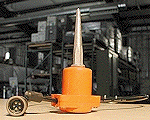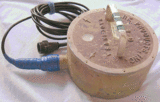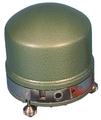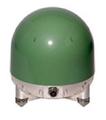Necessary information:
Sensor: sensitivity and passband (velocity transducer) or scaling (accelerometer)
For information on sensor sensitivity and passband, see the
Sensor Comparison Chart along with the
Sensor Response Plot.
Datalogger: Analog-to-Digital (A/D) conversion factor (aka bit weight) and Gain
Quanterra model Q330: 419,430 counts/volt, or 2.384 uV/count at a Gain of 1
RefTek model RT130: 629,327 counts/volt, or 1.58997 uV/count at a Gain of 1
Example: Counts to Ground Velocity Conversion within the Passband






